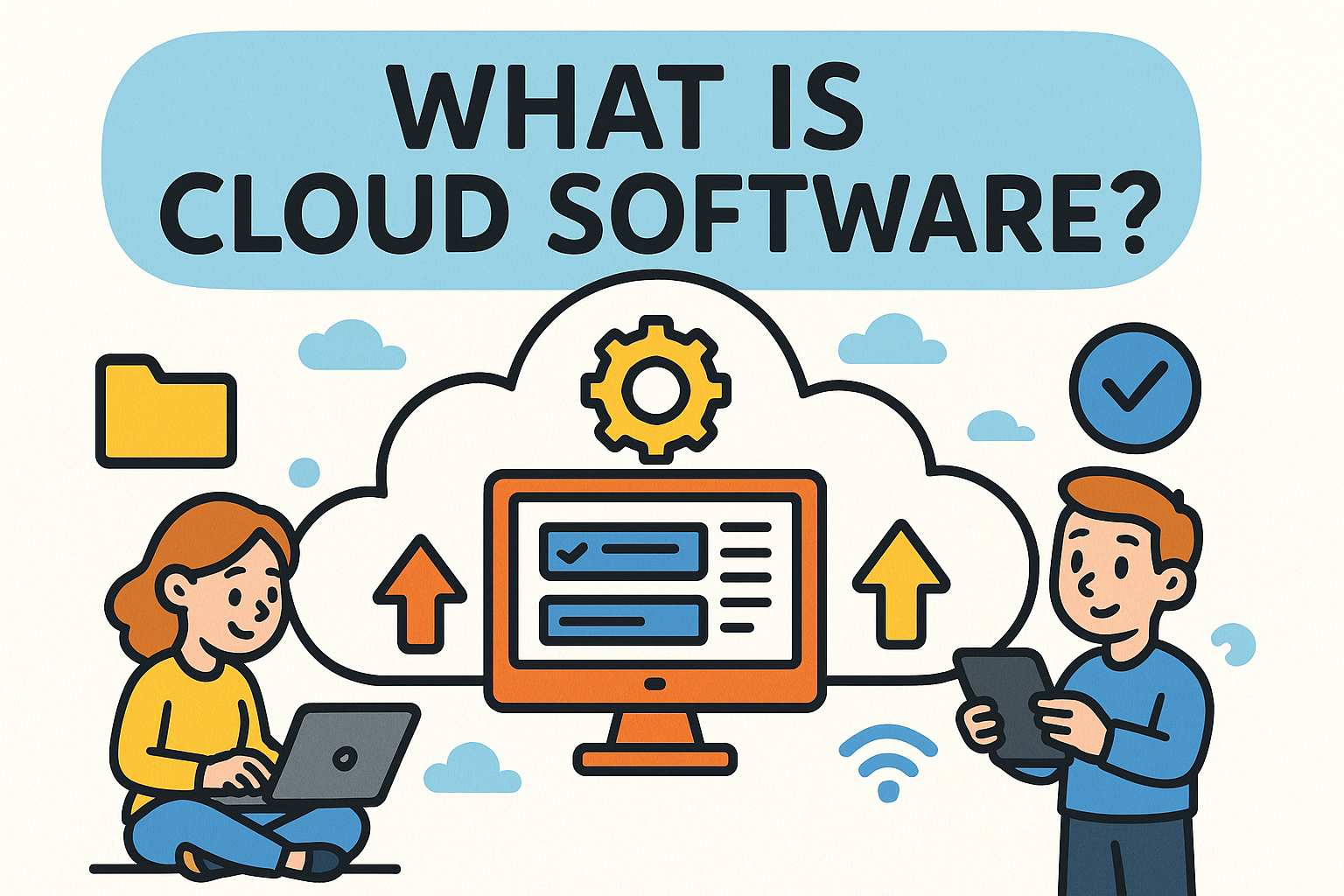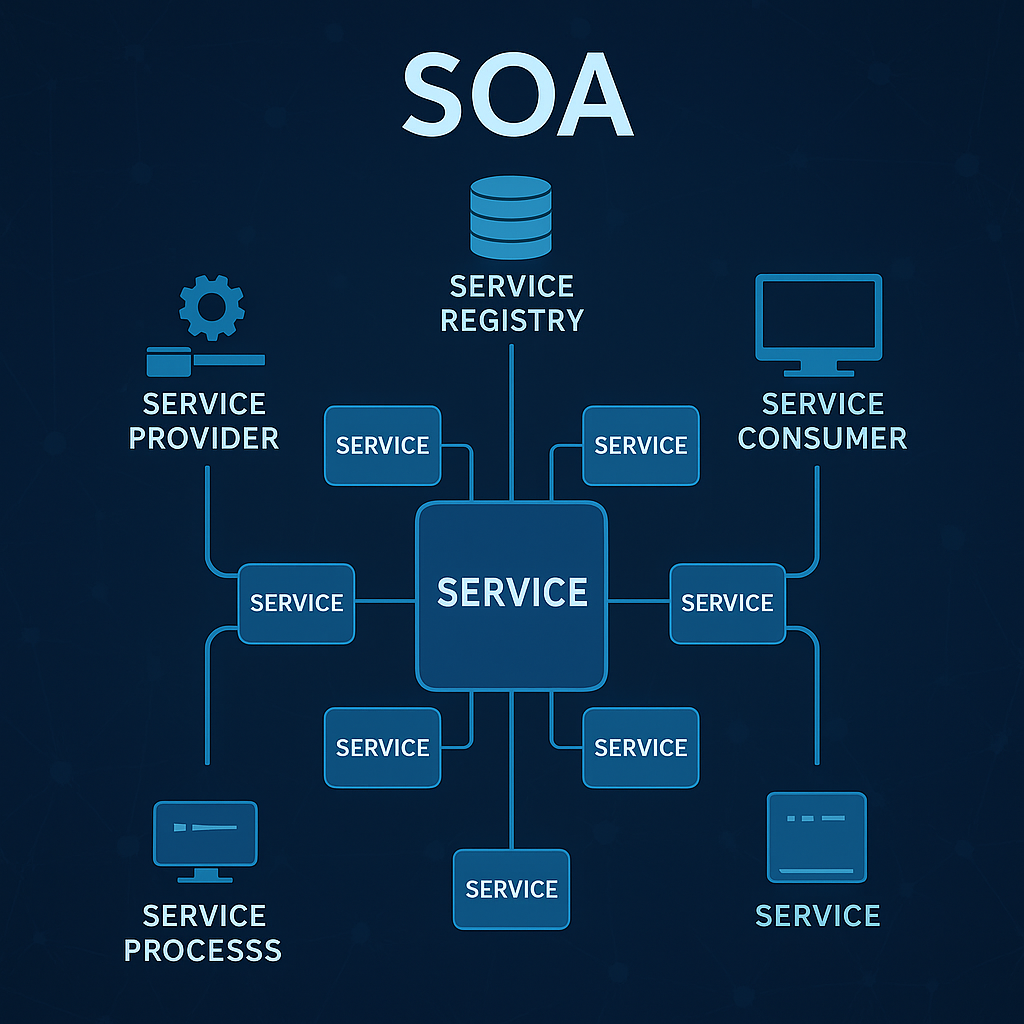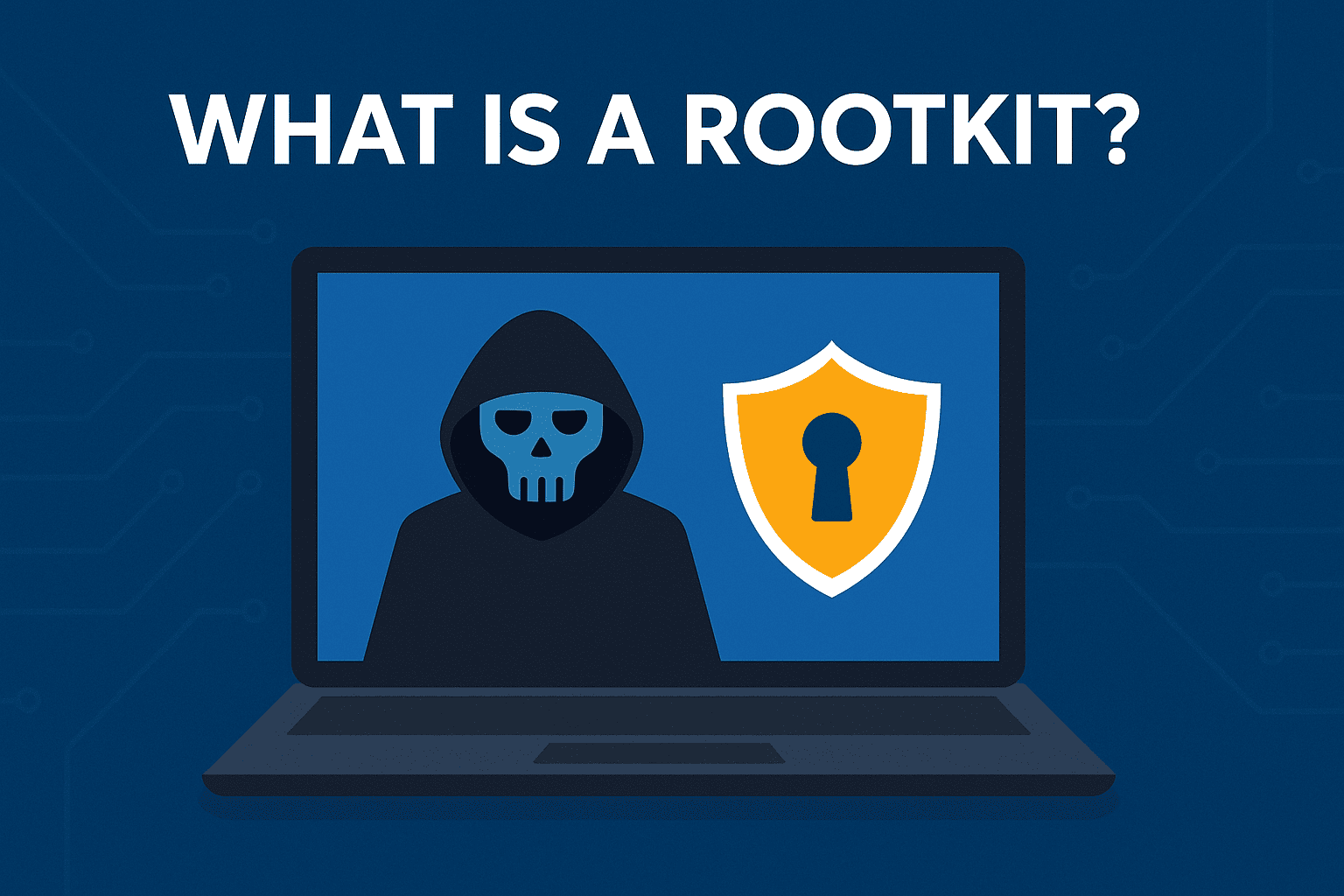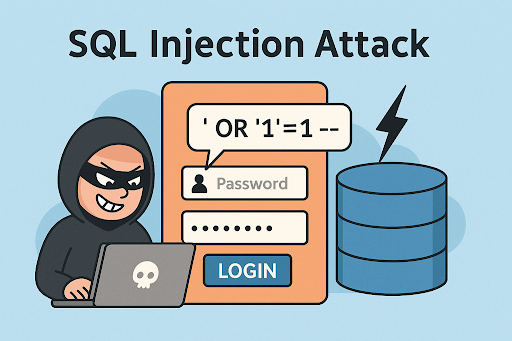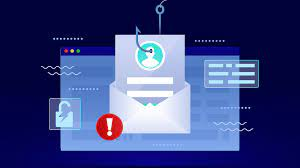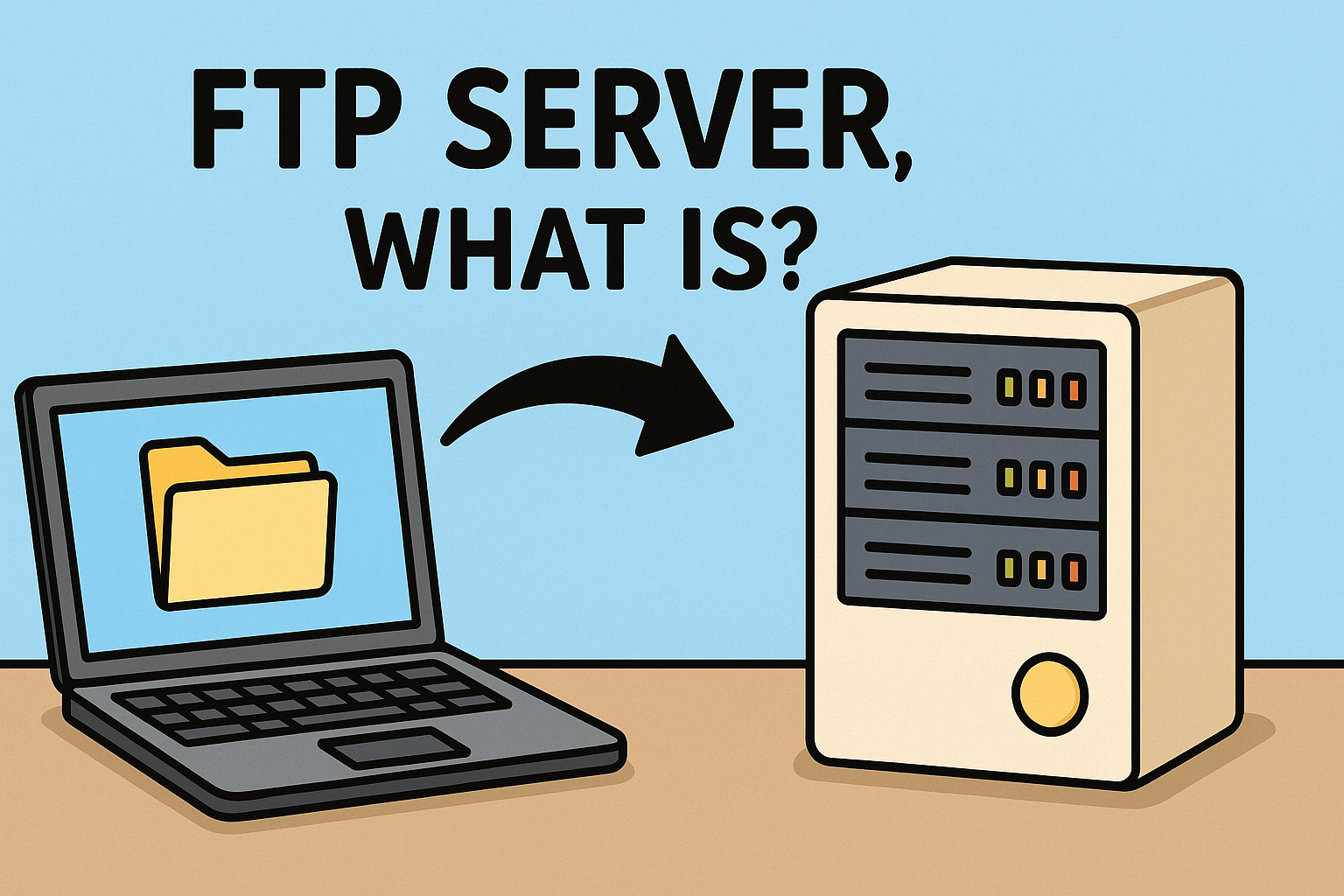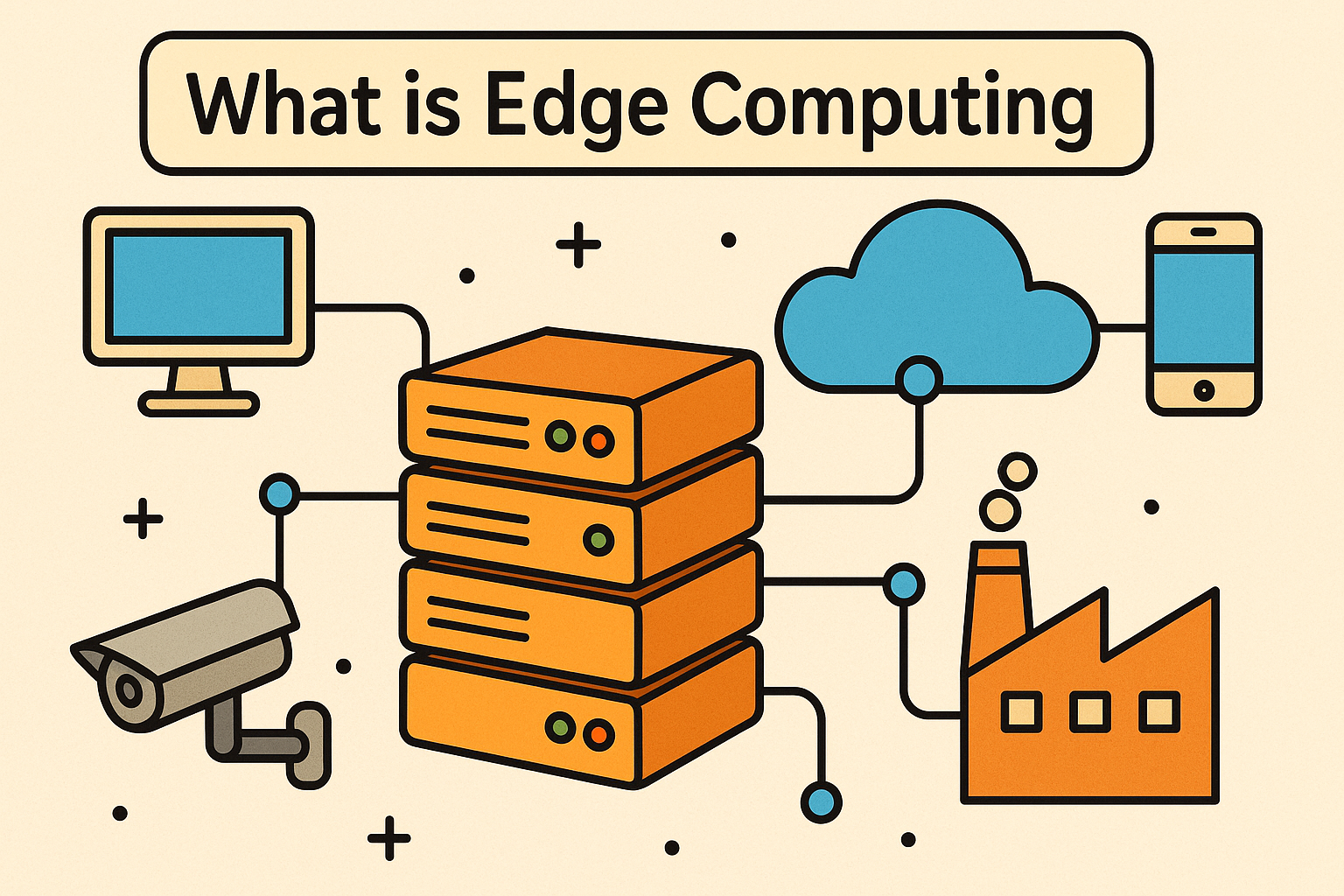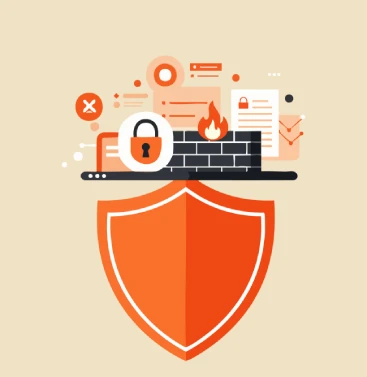What Is Splunk? A Complete Guide for IT and Cybersecurity Leaders
Updated on June 19, 2025, by Xcitium
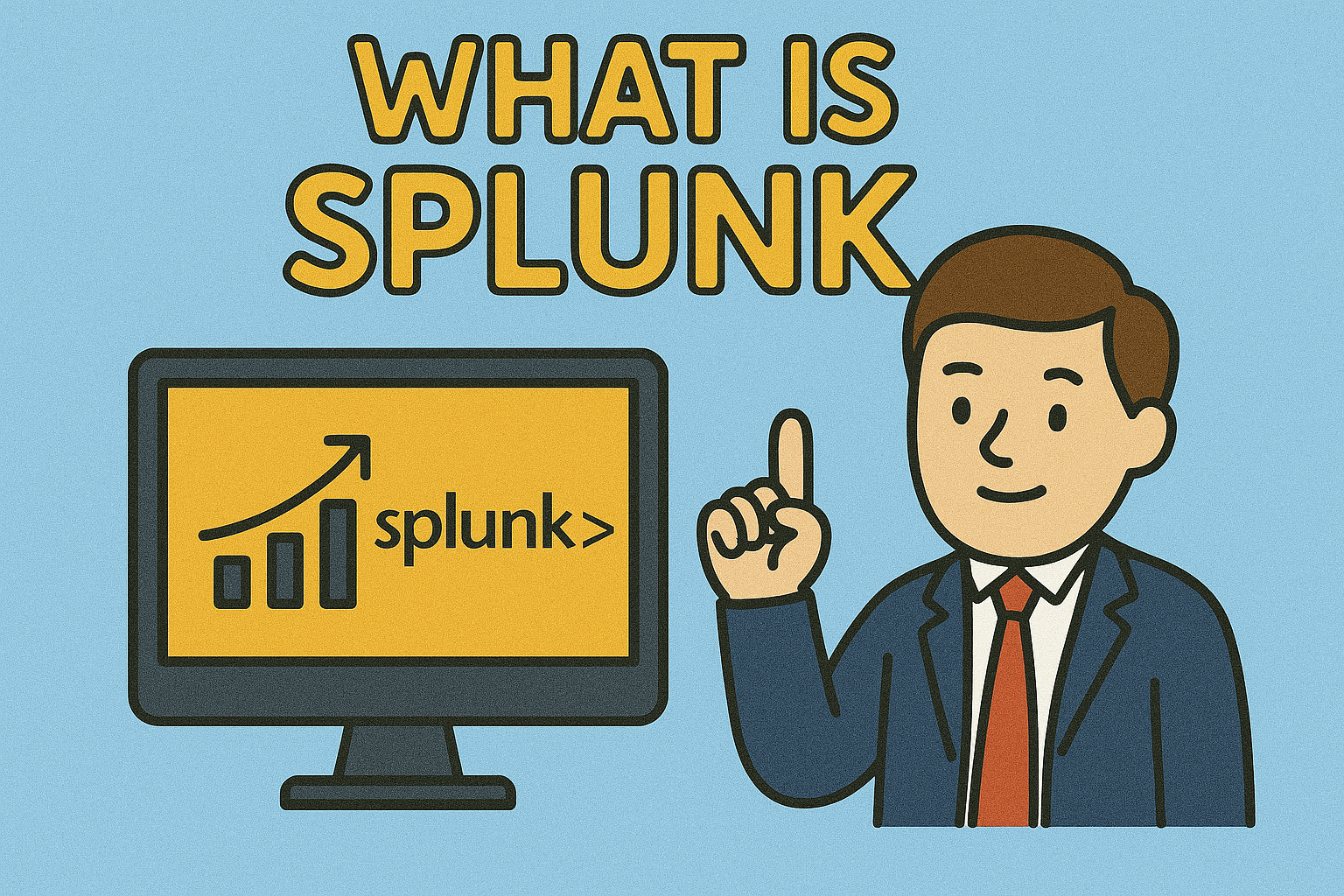
What is Splunk, and why is it becoming essential for businesses prioritizing data security and operational resilience? In a digital landscape overflowing with machine data, IT and cybersecurity teams need tools to collect, analyze, and visualize data in real-time. That’s where Splunk enters the picture.
Splunk helps organizations make sense of huge volumes of machine-generated data. Whether it’s logs, metrics, or alerts, Splunk provides a centralized platform to detect anomalies, investigate incidents, and maintain operational health—all while boosting security.
What Is Splunk?
Splunk is a powerful platform designed to search, monitor, and analyze machine data through a web-style interface. It collects and indexes real-time data from virtually any source—applications, servers, networks, sensors, and more.
From cybersecurity to IT operations, Splunk enables data-driven decisions, real-time visibility, and actionable intelligence.
Splunking: What It Means
“Splunking” refers to the act of using Splunk to search, parse, and visualize machine data. Think of it like data mining, but specifically for machine logs, alerts, and system-generated outputs.
Key Features of Splunk
1. Real-Time Data Indexing
Collects and stores machine data as it is generated.
2. Advanced Search and Query Language (SPL)
Splunk Processing Language (SPL) lets users query and transform raw data into insights.
3. Visual Dashboards
Customizable dashboards for KPIs, alerts, and reporting.
4. Machine Learning Integration
Built-in ML Toolkit for anomaly detection and predictive analytics.
5. App Ecosystem
Thousands of apps and add-ons in Splunkbase to enhance functionality.
Splunk Enterprise Security: A Leader in SIEM
Splunk Enterprise Security (ES) is a premium solution built on the Splunk platform, tailored for security operations centers (SOCs).
Key Capabilities:
- Threat detection and alerting
- Risk-based alerting
- Security event correlation
- Custom security use cases
- Integration with threat intelligence feeds
Why It Matters:
- Helps accelerate threat investigation and incident response
- Reduces alert fatigue using adaptive risk scoring
- Enables proactive defense through real-time visibility
Who Uses Splunk?
Splunk is widely adopted across industries, including:
- Financial services: fraud detection, risk analytics
- Healthcare: compliance monitoring, patient data security
- Retail: customer behavior analytics, uptime monitoring
- Telecommunications: network health and SLA compliance
- Public sector: threat intelligence and auditing
Splunk Certification: Why It’s Worth It
Splunk offers professional certification tracks that validate your skills in managing, using, and developing within the platform.
Popular Certifications:
- Splunk Core Certified User – Entry-level knowledge of search and reporting
- Splunk Core Certified Power User – Intermediate skills including pivot, knowledge objects, and field extractions
- Splunk Enterprise Certified Admin – For managing Splunk deployments
- Splunk Certified Developer – For custom app and dashboard creation
Benefits:
- In-demand skills in cybersecurity and IT ops
- Higher salary potential
- Access to a growing professional community
Getting Started: Splunk Download Options
Free Trial:
- Splunk Enterprise Free: 60-day trial with indexing capacity (500MB/day)
Cloud-Based:
- Splunk Cloud Platform: Fully hosted SaaS version of Splunk Enterprise
Download Locations:
- Official website: https://www.splunk.com/en_us/download
- Available for Linux, Windows, and macOS
System Requirements:
- Modern OS (Linux, Windows Server)
- Minimum 4GB RAM, 20GB disk space for small environments
How Splunk Works: Simplified Workflow
- Data Ingestion: Splunk ingests logs, metrics, and events from multiple sources
- Indexing: It parses and stores data in indexed form
- Search & Analysis: Users query the data using SPL
- Visualization: Results are displayed via customizable dashboards
Supported Data Sources:
- Syslogs
- Windows Event Logs
- Cloud services (AWS, Azure, GCP)
- APIs and IoT devices
Advantages of Using Splunk
1. Scalability
Handles massive data volumes with ease
2. Security Integration
Real-time threat detection and compliance support
3. Automation
Trigger actions using pre-configured or custom alerts
4. Flexibility
Deploy on-prem, cloud, or hybrid environments
5. Open Ecosystem
Wide support for third-party integrations and APIs
Splunk vs Traditional Log Management Tools
| Feature | Splunk | Traditional Tools |
| Real-Time Analytics | Yes | Limited |
| Machine Learning | Integrated | Rare or absent |
| Visualization | Interactive dashboards | Static reports |
| Alerting | Adaptive risk-based alerts | Basic thresholds |
| Deployment Options | Cloud, on-prem, hybrid | Mostly on-prem |
FAQs About Splunk
1. What is Splunk used for?
Splunk is used to collect, analyze, and visualize machine data for IT operations, security monitoring, business analytics, and compliance.
2. Is Splunk free to use?
There’s a free version with limited daily indexing. For full features, you’ll need a paid subscription.
3. How does Splunk help in cybersecurity?
Splunk Enterprise Security detects threats, correlates events, and automates incident response through real-time analysis.
4. What is Splunk certification good for?
It helps IT professionals validate their expertise in using Splunk, boosting their job prospects and salary potential.
5. Can I integrate Splunk with cloud platforms?
Yes, Splunk supports native integrations with AWS, Azure, GCP, and other SaaS tools.
Final Thoughts: Is Splunk the Right Tool for You?
Understanding what is Splunk is more than learning a tool—it’s about adopting a mindset of data-driven decision-making. From IT performance to security intelligence, Splunk enables organizations to visualize and act on data at scale.
Want to explore how Splunk-like capabilities can strengthen your cybersecurity strategy? Request a demo from Xcitium today.



